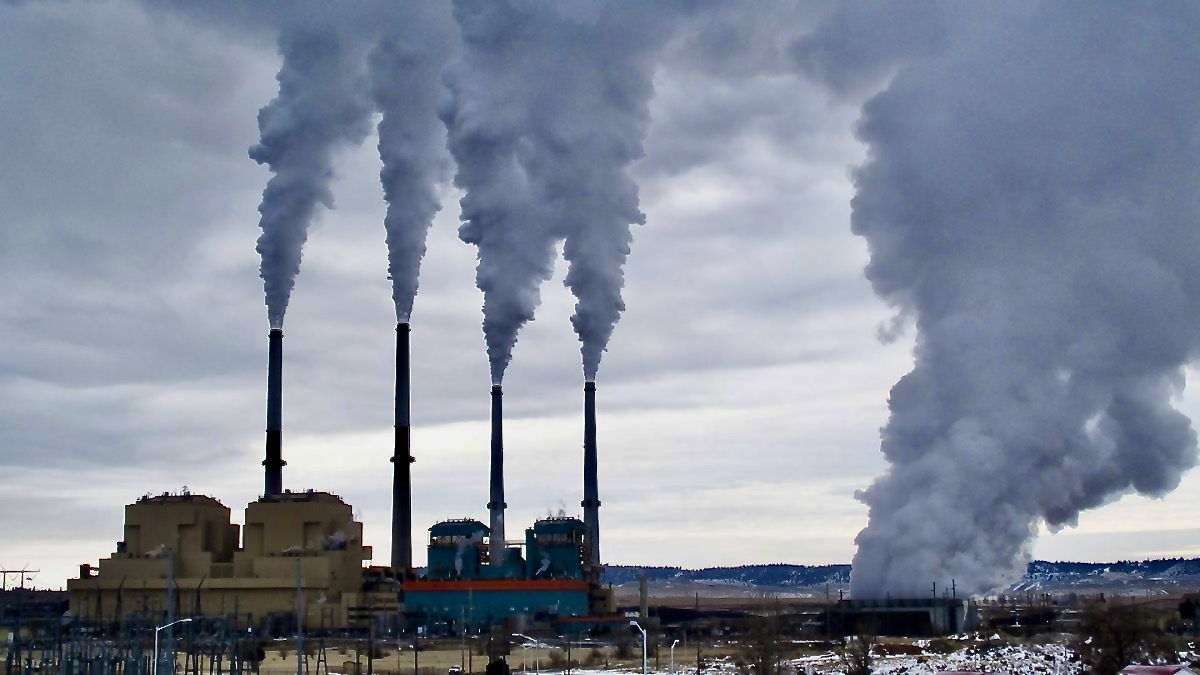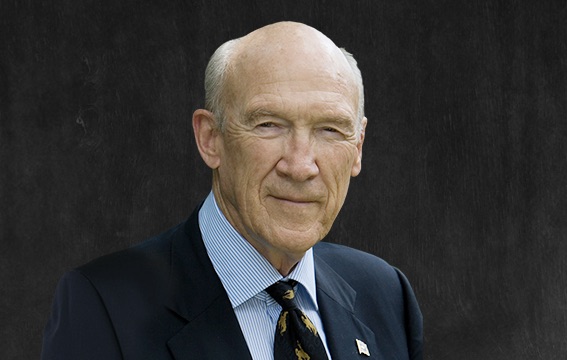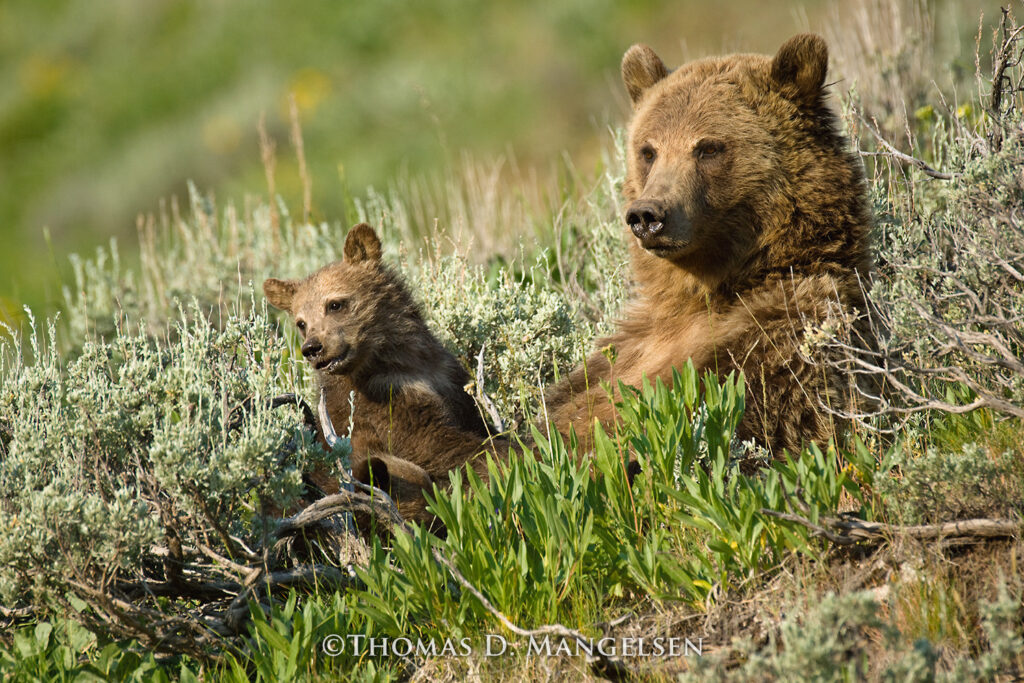EDITOR’S NOTE: In America and in individual states, the rule of law, as undergirded by various Constitutions, has been treated by those across the political spectrum as sacred and inviolate. In Montana, representatives of both political parties, women and men, enacted the modern state Constitution on March 22, 1972. It set the state on a new course, ostensibly shedding a past where powerful and self-interested individuals left behind a legacy of crony corruption that undermined the public trust. Often referenced by other states, one of the noteworthy reference points in Montana’s Constitution is that all citizens have a right to a “clean and healthful environment.” In the op-ed below, Susan W. Dana, a Montanan and expert in business law, writes about how the Constitutional creates a framework for understanding the recent landmark “Held Case” which involved young people suing the state and forcing its agencies to consider how the burning of fossil fuels is affecting the climate.
by Susan W. Dana
The Montana Supreme Court’s recent decision in Held v. Montana, the youth climate change case, is momentous but ultimately appropriately limited in scope. It is momentous because it is the first time a state Supreme Court has decided that citizens have a constitutional right to a stable climate system.
It is also limited in scope because the decision leaves it to the legislature and state agencies to determine how the state should measure and regulate greenhouse gas emissions. The decision is respectful of the separation of constitutional powers and does not encroach upon the authority of the legislature or state agencies.
The case arose out of laws passed by the state legislature in 2011 and 2023 that prohibited state agencies from considering, in their review of proposed fossil fuel projects like new power plants or mines, the impact of resulting greenhouse gas emissions on the climate.
Sixteen young plaintiffs from all over Montana sued the state claiming that this complete prohibition on considering the effects of greenhouse gas emissions violated their right under the Montana Constitution to “a clean and healthful environment” and the state’s constitutional duty to “maintain and improve a clean and healthful environment in Montana for present and future generations.”
District Court Judge Kathy Seeley agreed with the youths, and the state appealed the decision to the Montana Supreme Court.
The Montana Supreme Court affirmed Judge Seeley’s decision in December 2024. Based on testimony presented at trial that was not disputed by the state, the Court found that greenhouse gas emissions from the burning of fossil fuels are causing global warming resulting in extreme weather events like drought and fire, which in turn are adversely affecting Montana’s human environment and economy. That implicates the constitutional right to a clean and healthful environment because, as the Court said, that right “includes a stable climate system that sustains human lives and liberties.”
The Court concluded that the state’s total prohibition on any consideration of the effect of greenhouse gas emissions on the climate violates Montana’s constitutional right to a clean and healthful environment because it prevents informed decision-making about the impact of proposed fossil fuel projects. It is impossible, said the Court, for the state to fulfill its obligation to take “a hard look at the environmental consequences of its actions” when it “intentionally refuses to consider an entire area of significant environmental consequences.”
It is impossible, said the Court, for the state to fulfill its obligation to take “a hard look at the environmental consequences of its actions” when it “intentionally refuses to consider an entire area of significant environmental consequences.”
While the decision is undeniably important, all it really does is establish that the state can not constitutionally ignore the effects on the climate of greenhouse gas emissions from proposed projects. It does not dictate how the state must measure and regulate such emissions, only that it must do so. The decision leaves it up to the legislature and state agencies to determine what tools to use and how to evaluate the impact of greenhouse gas emissions. The Court simply decided the constitutional question and, as separation of powers requires, left the policy decisions to the legislature and state agencies.
The good news is that the state does not have to start from scratch and can learn from what other states have done. The state has a great deal of latitude in its policy decisions as long as its regulations are reasonable and do not ignore the fact that greenhouse gas emissions are causing harm to Montana’s human environment and economy.
The 16 youth plaintiffs and the courts have done their part. Now the legislature and state agencies have the opportunity to fulfill their constitutional obligation to protect the climate for this and future generations of Montanans.







